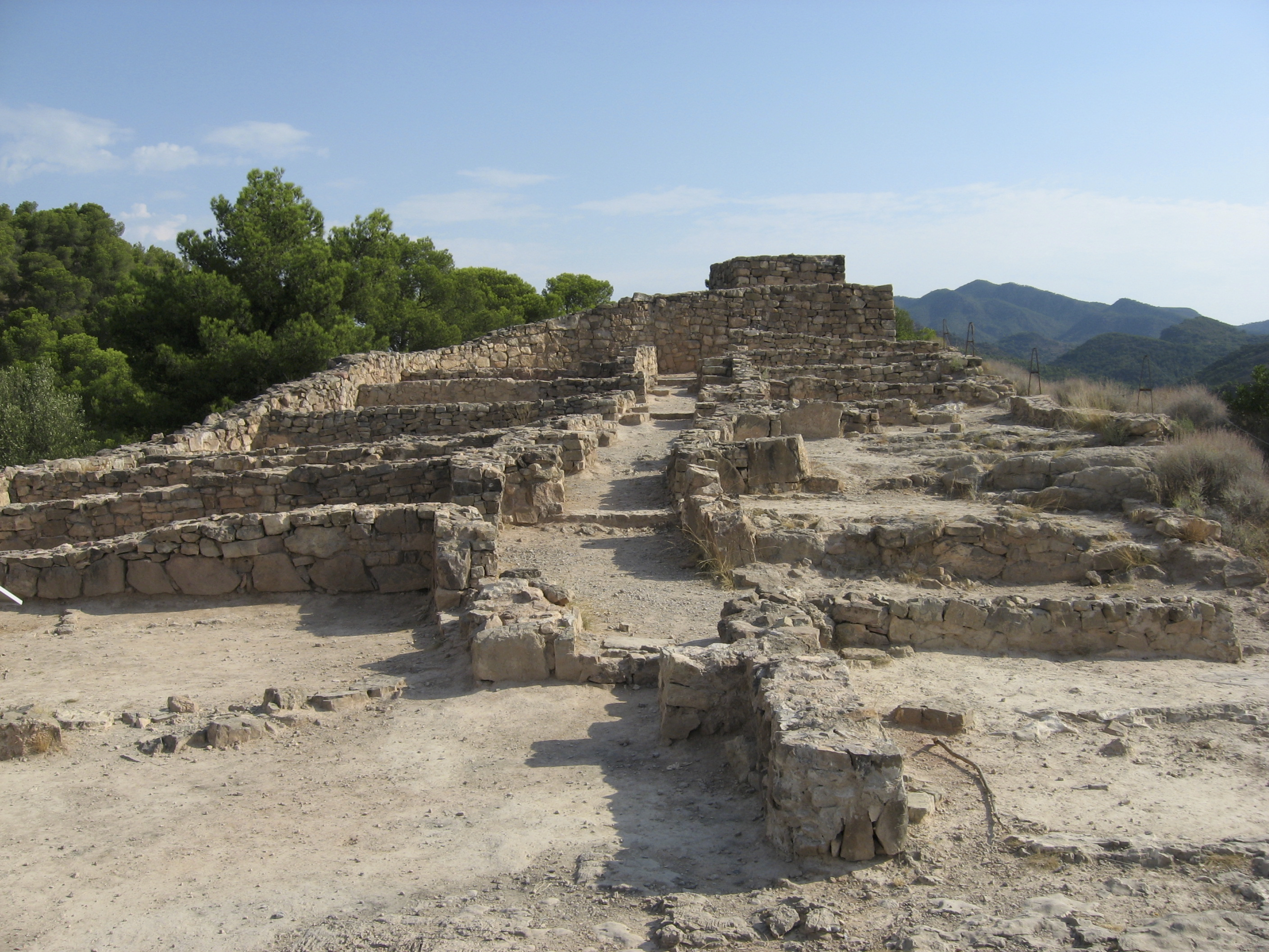|
Edetania
The Edetani were an ancient Iberian (Pre-Roman) people of the Iberian peninsula (the Roman Hispania). They are believed to have spoken a form of the Iberian language. See also *Iberians * Edeta *Pre-Roman peoples of the Iberian Peninsula *Puntal dels Llops Puntal dels Llops is a small Iberian hilltop fort located near the modern town of Olocau, in Valencia province. It overlies an earlier Bronze Age site. Its original name in Iberian is unknown. It was built in the late fifth or early fourth centu ... Bibliography * Ángel Montenegro ''et alii'', ''Historia de España 2 - colonizaciones y formación de los pueblos prerromanos (1200-218 a.C)'', Editorial Gredos, Madrid (1989) * Francisco Burillo Mozota, ''Los Celtíberos, etnias y estados'', Crítica, Grijalbo Mondadori, S.A., Barcelona (1998, revised edition 2007) External links Detailed map of the Pre-Roman Peoples of Iberia (around 200 BC) Pre-Roman peoples of the Iberian Peninsula {{Spain-hist-stub ... [...More Info...] [...Related Items...] OR: [Wikipedia] [Google] [Baidu] |
Puntal Dels Llops
Puntal dels Llops is a small Iberian hilltop fort located near the modern town of Olocau, in Valencia province. It overlies an earlier Bronze Age site. Its original name in Iberian is unknown. It was built in the late fifth or early fourth century BC and destroyed violently around the end of the Second Punic War or in the early second century BC. The site is part of a network of fortified sites that surround the large Iberian town of Edeta (Tossal de Sant Miguel, Llíria) and so is important to understanding the formation and organisation of Iberian polities. The archaeological site may currently be visited. Site layout and artifacts Puntal dels Llops is a small (0.06 hectare) enclosed settlement where the perimeter wall is also the back wall of the rooms, which then face onto a central street. This style (a "village clos" or "poblado de calle central") was introduced in the northeast of the Iberian Peninsula in the Bronze Age but continued to be used for some Iron Age Iberian ... [...More Info...] [...Related Items...] OR: [Wikipedia] [Google] [Baidu] |
Iberia 300BC-en
The Iberian Peninsula (), ** * Aragonese and Occitan: ''Peninsula Iberica'' ** ** * french: Péninsule Ibérique * mwl, Península Eibérica * eu, Iberiar penintsula also known as Iberia, is a peninsula in southwestern Europe, defining the westernmost edge of Eurasia. It is principally divided between Spain and Portugal, comprising most of their territory, as well as a small area of Southern France, Andorra, and Gibraltar. With an area of approximately , and a population of roughly 53 million, it is the second largest European peninsula by area, after the Scandinavian Peninsula. Name Greek name The word ''Iberia'' is a noun adapted from the Latin word "Hiberia" originating in the Ancient Greek word Ἰβηρία ('), used by Greek geographers under the rule of the Roman Empire to refer to what is known today in English as the Iberian Peninsula. At that time, the name did not describe a single geographical entity or a distinct population; the same name was used ... [...More Info...] [...Related Items...] OR: [Wikipedia] [Google] [Baidu] |

